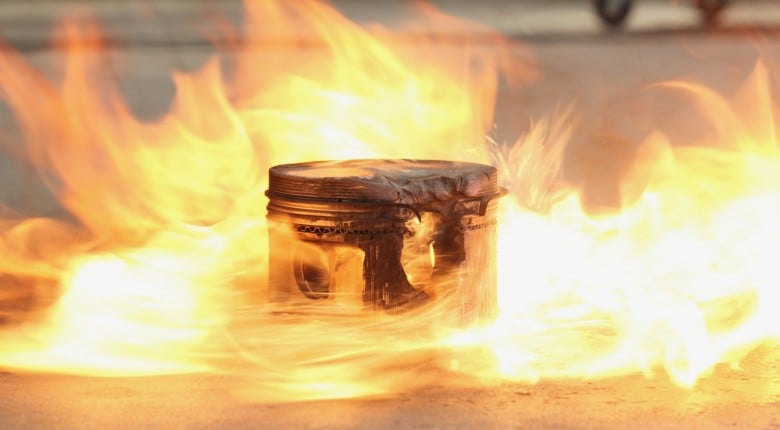That ‘DIY spirit’ is ingrained in us as automotive enthusiasts – it’s what makes tweaking, tinkering and modifying fun. Sometimes it’s for the cost savings, but equally it can be all about challenging yourself to develop new skills. As more and more cars are pieced together in backyard sheds, some of the basics of engine tuning are starting to become more important to the home enthusiast; for example, ignition timing.
In this article: Timing is everything | So, is it time to hit the dyno yet?
Sure, if you’re taking your car to a pro tuner then this should be dealt with by them, but what if you’re planning to tune it yourself? Or perhaps you want to save some hard-earned dollars by getting your pride and joy running yourself before heading to the dyno? If this is the case, then there’s a couple of basics you need to know, and in this article we’re going to discuss setting the base ignition timing.
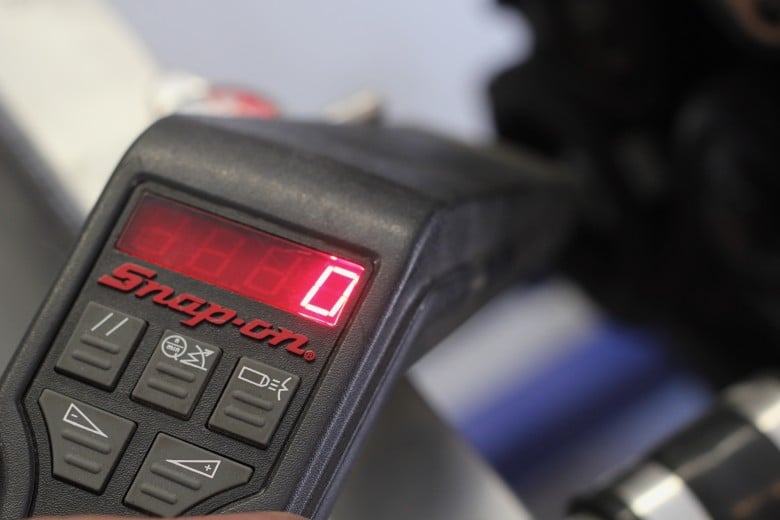
Timing is everything
Correct ignition timing is one of the most critical elements in tuning any engine, yet setting the base timing is often misunderstood and overlooked. So what is base ignition timing? Well, first we need to take a step back and understand what ignition timing is. The ignition timing or ignition advance, is the point in the engine cycle when the ECU generates the spark at the spark plug. This spark begins combustion and it has a direct effect on how an engine runs, how much power and torque it makes, and how reliable it is.
The actual ignition advance value is defined in degrees of crankshaft rotation before (normally) the piston reaches the very top of cylinder on the compression stroke. This point is known as top dead centre (or TDC for short). When you hear tuners talking about ignition timing they are talking about the number of crankshaft degrees before TDC (BTDC) when the spark event has occurred.
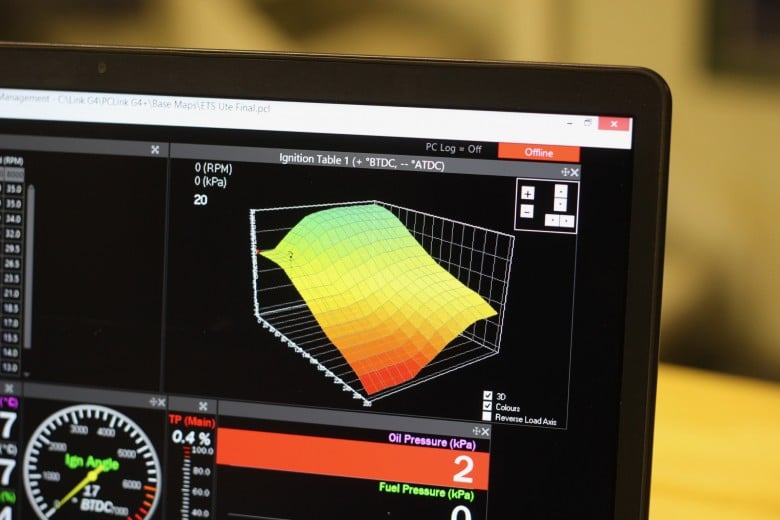
Now you understand what we mean when we talk about ignition timing, we can see how this relates to our aftermarket ECU and why it’s so important. Inside our ECU we’re going to have an ignition timing map which defines the amount of ignition advance we want at each point in the load and RPM, and this should be pretty straightforward. The problem is that the ECU has no idea whereabouts in the engine cycle the engine is, and hence it can’t decide when to create the spark. What this means is that we may have entered an ignition advance angle of 15 degrees, but if the base timing is over-advanced by 10 degrees, the engine will actually be receiving 25 degrees advance, and this can cause serious engine damage. In order to create the spark at the point we want, we need to let the ECU know exactly where it is in the engine cycle and which cylinder is about to fire.
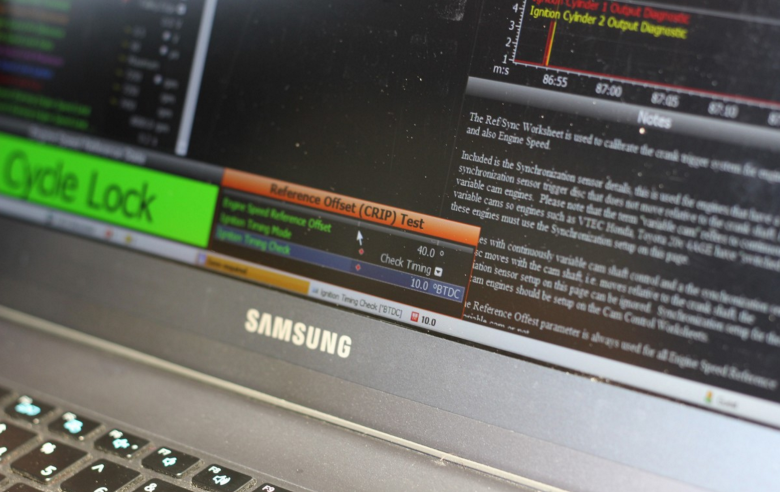
The ECU gets engine speed and engine position information from toothed trigger wheels fitted to the crankshaft and/or camshaft. Setting the base ignition timing means that we are telling the ECU where these trigger inputs are occurring in relation to TDC – essentially whereabouts in the engine cycle the ECU can expect to see the trigger inputs occur. The way this is done is to put the ECU into a special timing mode where the ignition advance is locked at a fixed value regardless of what the numbers in the ignition table are. Every ECU will have a ‘base timing mode’ that’s included just for this purpose and usually we can select an ignition angle that the timing will be locked to.
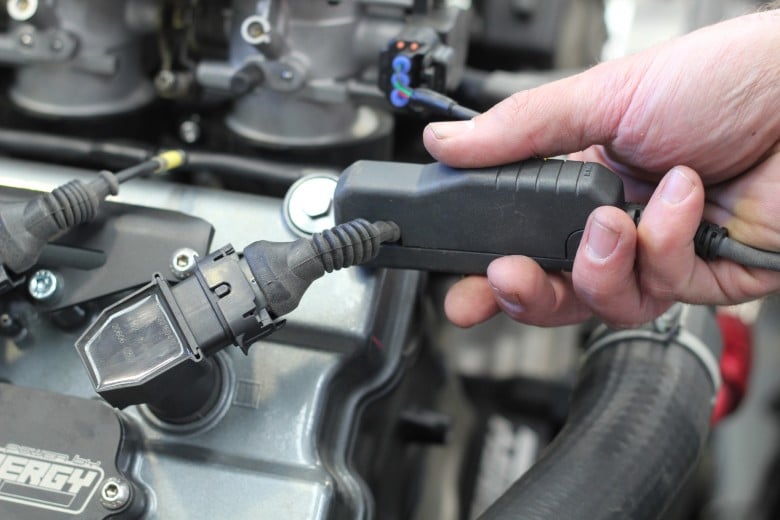
The next step is to use a timing light connected to the coil or ignition lead on #1 cylinder and view the actual ignition timing the engine is seeing. The timing light flashes every time a spark occurs, and by pointing the timing light at the crank pulley we can view the timing marks while the engine is running. The timing marks will consist of a mark on the crank pulley and a mark – or multiple marks – on the engine cover, and by watching where the marks align when the spark occurs we know what the ignition timing is. We can then adjust the timing calibration in the ECU until the timing we are seeing with the timing light is the same as what the ECU is commanding.
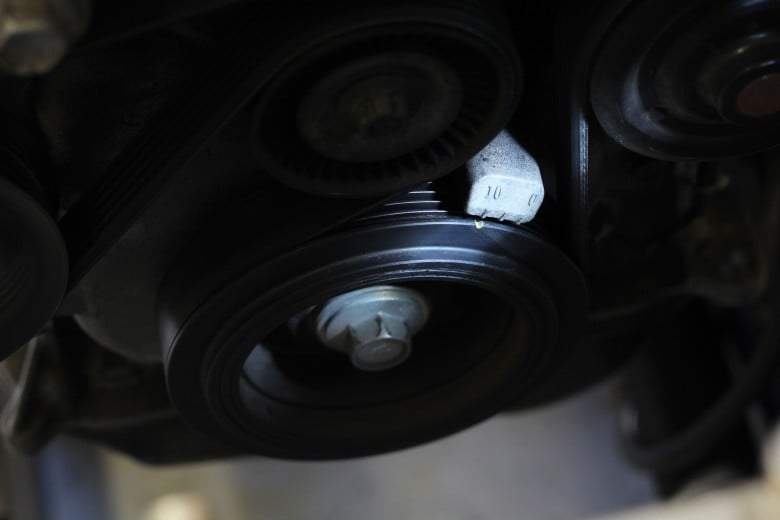
It’s important that we select an ignition angle that we can easily see on the crank pulley with the timing light, and this can be tricky on some engines with a lot of ancillaries blocking the view. It’s also useful where possible to select a sensible ignition angle during this procedure that the engine will happily run at, such as 10-15 degrees. If you set the timing to 0 degrees for example, the engine will struggle to run smoothly and this makes the job harder.
Completing this process accurately is essential to ensure the timing in our ignition map is actually what the engine will receive. In the best case scenario, failing to do this can result in an engine that is down on power and torque and is just a general slug. In the worst case though, if we have too much ignition timing the engine may suffer from detonation and this can cause expensive engine damage.
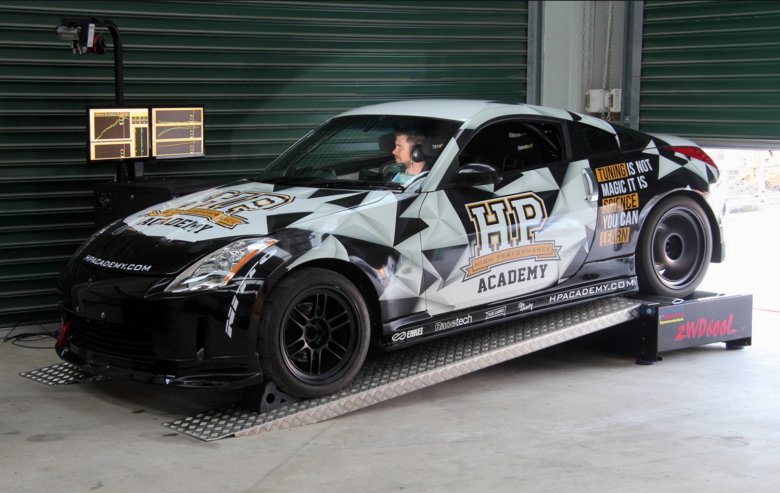
So, is it time to hit the dyno yet?
The base ignition timing is now dialled in, but hold your horses as you’re still not quite ready to roll. In our follow up article we’re going to look at setting base fuel pressure and how this can affect your tune. Setting the base fuel and ignition timing make up one of the very first steps of HPA’s 10-step tuning process and these need to be covered before you even try to start the engine for the first time, let alone hit the dyno. While there’s a lot more to tuning than these two elements, if you don’t have the basics correct then you’re just wasting your time or asking for an expensive disaster. Even if you have no intention of tuning your car from scratch in the near future, this is the sort of knowledge that all enthusiasts should have at least a rudimentary understanding of. You never know when it’s going to come in handy!
If you still have any questions feel free to ask them on our members only forum and I'll do my best to help you out.
Want to learn more about EFI tuning? Why not start with our free course!
